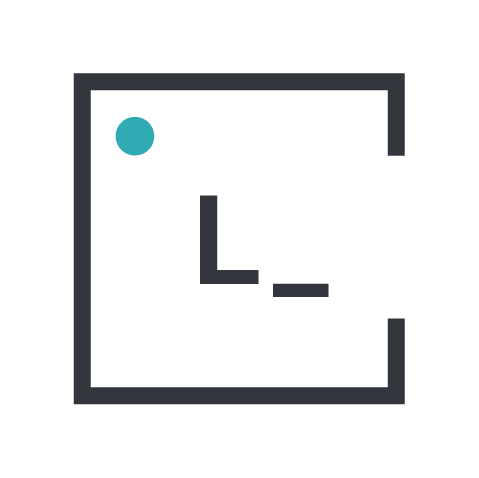Depending on your own work experience, the chances are that you have participated in many projects where you had to either design, develop, or collaborate in projects where you ended up rebuilding the same components, interactions and page structures over and over again, and where you faced many challenges maintaining consistency across various products and teams leveraging them. Wouldn’t it be great if there were a way to avoid all of this clutter, or at least dramatically improve the efficiency of the work done by so many people? Enter Design Systems.
InVision’s handbook defines Design Systems as follows: “A design system is a collection of reusable components, guided by clear standards, that can be assembled together to build any number of applications.”
Its focus is to provide unified guidance for teams to follow in order to efficiently build solutions for products which share a common design language, experiences while also improving the development process. This time we’re going to dive into some key benefits Design Systems offer:
1. Technical debt
We’ve all been there. There’s no time left and there’s always something going on that requires a quick fix. You think you’ll be able to do it “the proper way” later but then something else comes up and you never get around to it. Imagine that multiplied by many people working on the same project at the same time. Building for the short term produces and increases technical debt which will slow down production time and become a great weight to deal with. Incorporating a Design System in your project will allow your team to minimize design and code overhead so you can focus on growth.
2. Coherent design
Design Systems are based on standardizing components that can work for different projects. Creating a predictable and repetitive design helps users to gain an intuitive sense for the application’s functionality which includes, amongst other aspects, a consistent visual and functional user experience. Far from limiting, this approach fosters brand identity, while being flexible enough to support different products within a single institution.
3. High quality and faster production time
A Design System provides common UI components that work like a bucket of Lego blocks. You can easily build an endless number of prototypes, flows and interactions quickly which allow user testing and experimentation so your team can gain valuable data without a huge initial investment in development. Spending less time on coding UI components will enable your team to spend time on building real features and products which will ultimately result in a shorter time to market. And because we are saving time, teams can focus on iterating improvements on the projects to take them to the next level rather than inventing quick fixes.
4. Improve usability and built-in accessibility
UX designers usually face the challenge of designing for multiple screen sizes. Using a design system based on reusable components can enable a consistent user experience across different screen resolutions. This is critical to maintain the integrity of the product across all platforms. Also, designing from small components up to full pages allows designers to have accessibility in mind in every step of the process. “Making the site accessible for disabilities improves the experience for everyone who visits your site”
5. Useful reference
When building and using a Design System, documentation is key since it gathers design and development best practices in one resource such as the components that developers need to use, guidelines on how to use them, as well as other patterns and practices to be adopted. The challenge faced with documentation is keeping it up to date so that it works as a source of truth for all the team members.
6. Future Friendly
Modifications, improvements, migrations, etc, are bound to happen with digital products. It is important to keep in mind that creating and using a Design System allows your product to always be compatible regardless of the technology used to develop it. Design Systems are not a one-and-done thing but a continual process of iteration in order to achieve stability and scalability in the long-term.
7. Communication
Creating a common and codified visual language resource helps to build bridges between design and development. There are different models to create a Design System that function accordingly depending on the type of project in hand. No matter which one you choose, the objective is to get everyone on the same page to have an organized workflow and a flexible team that has autonomy and speed.
Design Systems go hand in hand with scalability, efficiency and consistency. It can be daunting to start the process but in the long run it provides competitive advantages for your business. It will evolve as an integral part of the company as any other project will and adapt to change as well as development cycles of product. Think of it as going one step back to move five forward. If you have any doubts, you can read this article, where you will find inspiring examples of companies that jumped on board and created their own Design System.
Do you want to start right now? You don’t need to know it all or start from scratch, there are tools that make it a lot simpler, like DS Builder, based on Material UI that lets you customize the theme and tooling, and then download the project to quickly start building your components library.
Try it out and let us know what you think!





